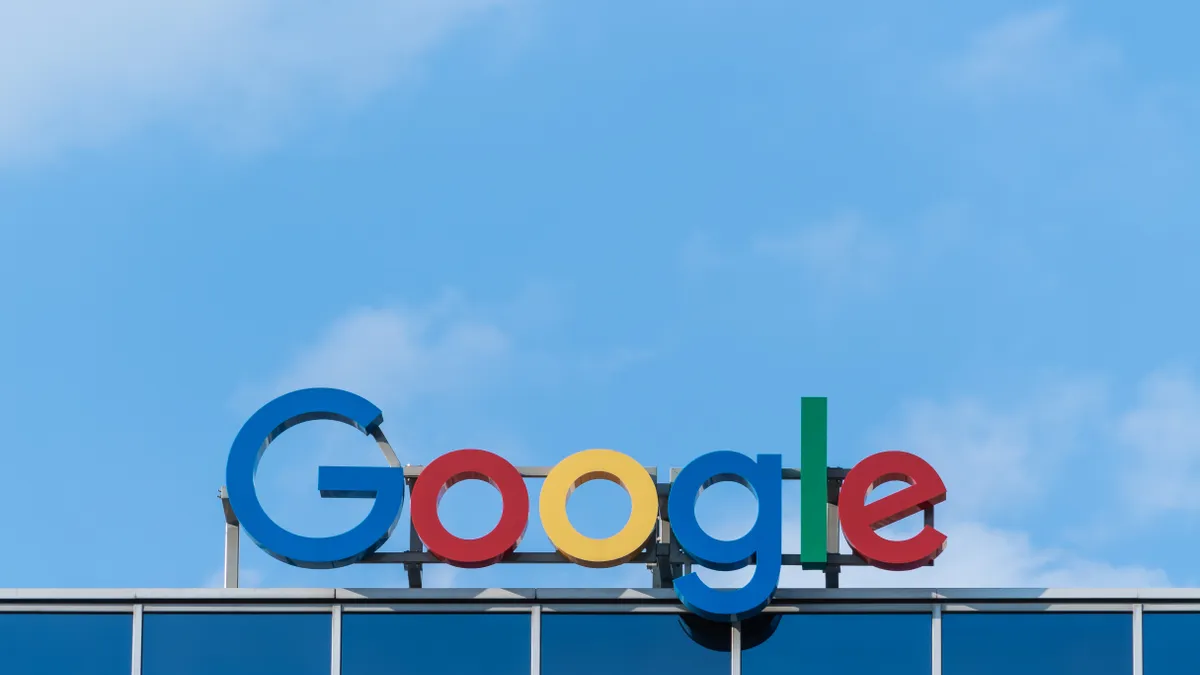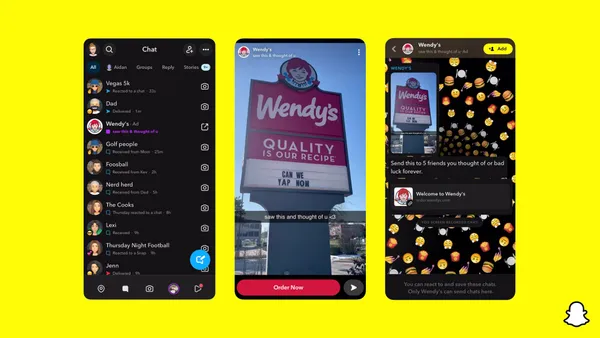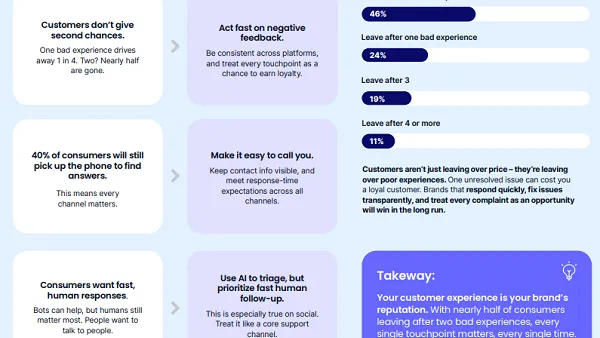Brief:
- Google's ad sales rose 20% to $32.6 billion in Q4 2018 from a year earlier, helping to drive parent company Alphabet’s revenue by 22% to $39.3 billion. For the full year, Alphabet reported a profit of $8.9 billion on revenue that rose 22% to a record $136.8 billion, per a press release.
- Google’s cost-per-click rate showed that its ad pricing power may be eroding with a 29% decline in Q4 2018 from a year earlier and 9% from the prior quarter. Paid clicks on Google properties rose 66% from a year earlier and 22% from the prior quarter.
- Google CEO Sundar Pichai touted YouTube, the company’s video-sharing platform that has branched into live TV and original programming, as a key driver of future growth. "YouTube is a place where we see users come not only for entertainment. They come to find information," he said in a conference call with analysts. The company didn't disclose results for YouTube.
Insight:
While Google's ad business is still healthy and continues to drive Alphabet's revenue, the 20% growth rate was outpaced in Q4 by both Facebook at 30% and Amazon at 95%. Google’s declining cost-per-click rate may be a sign of growing competition from Amazon, which many internet users visit first to begin searches for products they want to buy, bypassing Google's search platform. Amazon is making a significant push into digital advertising to help marketers reach consumers when they're most ready to buy a product or service. Amazon's ad business surpassed $10 billion last year, making it the third-biggest digital ad platform in the United States.
Otherwise, Google’s results are mostly in line with broader trends. The worldwide digital ad market was forecast to grow about 18% to $273.3 billion last year, per eMarketer. Looking ahead, the researcher forecasts that digital ad spending will rise 17% to $327.3 billion in 2019 with Google, Facebook and Alibaba as the leading ad platforms. In the United States, mobile advertising is set to make up 43% of total media ad spending, a greater percentage than all traditional media combined in 2020. Those underlying trends will boost digital media platforms like Google.
Google’s growing dependence on mobile advertising also means rising traffic acquisition costs (TAC), which are the payments the company makes to wireless carriers to place ads. That expense rose 14% to $7.4 billion in Q4 2018 from a year earlier. Google's payments to Apple will rise 33% to $12 billion in 2019 for the rights to be the default search engine for the Safari web browser on iPhone, iPad and Mac devices, per a forecast by Rod Hall, an analyst at Goldman Sachs.
Google has sought to wean itself off a dependence on other hardware platforms to reach audiences, but its Pixel handsets have struggled to gain popularity in a shrinking market for smartphones. The company doesn't publish sales figures for Pixel phones, leaving researchers to estimate their shipments. The Pixel’s market share is said to be about 2% in North America and Europe, and Google may find more success taking on Samsung and Apple in India. Google drastically cut the prices of the Pixel 3 and 3XL during the holiday season to help drive sales, the Verge reported.














